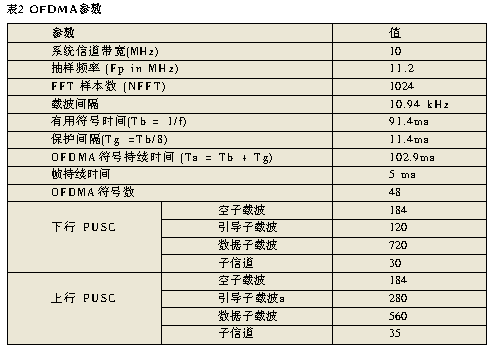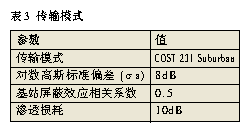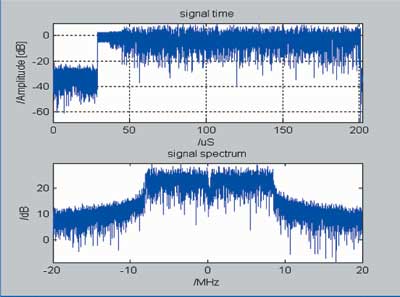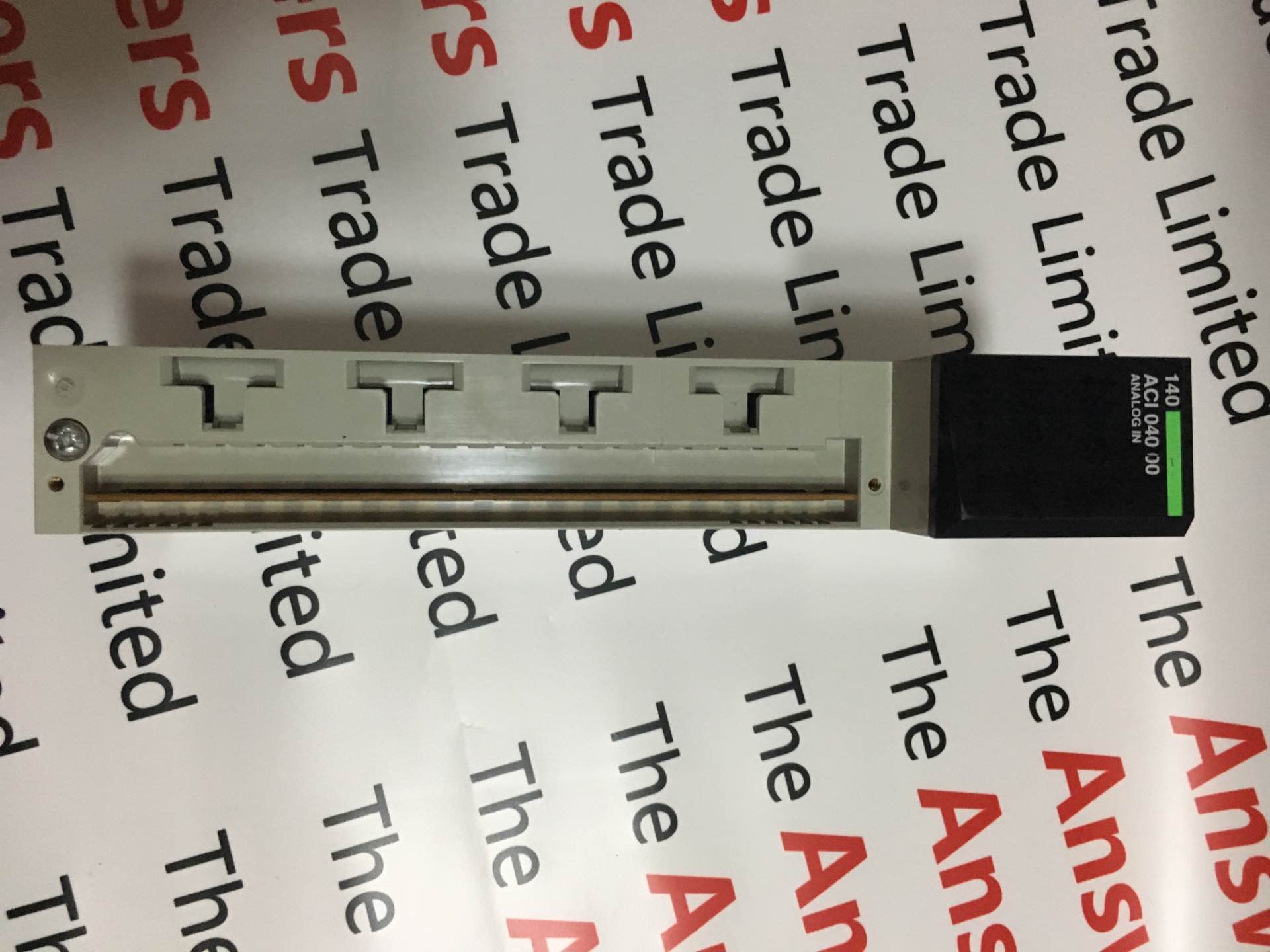Analysis of mobile WiMax parameter index and radio frequency test
WiMax technology must reflect its own advantages in specific application scenarios before it can be recognized by the market. This requires measuring system performance parameters through application testing. According to the system parameters and test requirements formulated by the WiMax Forum, WiMax test methods are divided into three parts: protocol analysis, radio frequency analysis, and transmission performance analysis. This article mainly introduces mobile WIMAX parameter indicators, and introduces some standard signal RF performance tests for 802.16d (2004) and 802.16e (2005).
Introduction to WiMAX
WiMAX, or Worldwide Interoperability for Microwave Access, is defined by the WiMAX Forum as a model of WiFi success in the global market, and is defined on the basis of the 802.16 series of standards defined by IEEE. At the beginning of the design, 802.16 is a broadband technology standard positioned for fixed wireless transmission. The 802.16e (formally called 802.16-2005), which was finally frozen on December 7, 2005, adds mobility to the original 802.16d, ensuring that the 802.16e access equipment can switch between base stations, which has become a new The first generation of WMAN broadband wireless access standard, and a standard with mobility, is also commonly referred to as Mobile WiMAX. As the latest standard, MobileWiMAX uses many advanced technologies to achieve high data rates, including: OFDMA, smart antenna technology adaptive beamforming, space-time code STC, and multiple input and output MIMO. WiMax uses a frequency band of 700MHz to 66GHz, a transmission speed of 2Mb / s to 6Mb / s, and a distance of 3.2km. If the route within the effective distance is not disturbed, its speed will be faster and the range will be wider.
The relevant test specifications of WiMAX are formulated by the Technical Working Group (TWG). These work are for fixed wireless access equipment. The test work for mobile wireless access equipment was officially launched after the IEEE 802.16e standard was finalized. RCT (radio conformance test specificaTIon) stipulates the test process and test conditions of the baseband and RF signal of the transceiver, and is used to test the degree of consistency of the RF interface with the IEEE 802.16-2004 specification. This document is applicable to Wireless MAN-OFDM, Wireless HUMAN (-OFDM) air interface.
Mobile WiMax parameter index
The report of the WiMax Forum in March 2006 showed that since mobile WiMax is based on OFDMA scalability, different bandwidths can be flexibly configured by adjusting system operating parameters. It is believed that the performance of mobile WiMAX systems should be quantitatively evaluated by the following aspects. In the following tables, Table 1 provides system parameters, Table 2 summarizes OFDMA parameters, and Table 3 shows the evaluation model for transmission performance.



Analysis of WiMAX RF Test
According to WiMAX parameters, RF testing is mainly to evaluate and verify the key indicators and performance of the physical layer of WiMAX technology. Generally, it is differentiated according to the base station side and the terminal side, and the transmitter and receiver are tested on each side. Specifically, the core content of the RF parameter test usually includes the receiver's sensitivity, CP value, frame timing; transmitter's cyclic prefix and symbol timing, modulation and coding, spectrum flatness, power control, relative constellation error, spectrum Templates and other content. It should be noted that the RF parameter test should not only refer to the requirements of the RCT document in the WiMAX certification, but also for the specific regional indicators such as the power requirements and spurs of the transmitter, it also needs to comply with the regulations of the local radio management department, that is Said to pass the frequency approval test.
â— Test equipment
The laboratory test equipment is mainly composed of the following products: radio frequency analyzer (transmit and receive); vector signal source, supports OFDM modulation, can be set to the frame level of 802.16-2004, the power can be adjusted step by step according to the 802.16-2004 standard; vector signal Analyzer, supports OFDM demodulation, can be set to the frame level of 802.16-2004, can edit the MAC PDU; spectrum analyzer, supports OFDM demodulation; channel simulator, with multipath reflection simulation function; antenna; attenuator, Feeder and other accessories; transmission performance analyzer; IP performance analysis software, etc.
Field test equipment includes: all equipment for laboratory testing; drive tester (channel downlink scanning and decoding function), outdoor terminal, vehicle power supply, GPS, laser rangefinder, compass, telescope, digital camera and other accessories. Field testing requires actual installation of system equipment. In order to ensure the test effect, the base station antenna usually needs to ensure a certain height, usually at least 40 ~ 60m high, CPE can be placed on the test car. The field test project includes equipment installation and maintenance test and system performance and characteristic test. Because it is installed outdoors, the ease of installation and maintenance of the equipment is a major indicator of equipment installation and maintenance testing. The installation and maintenance tests mainly include: base station and antenna installation test, base station power supply redundancy configuration test, and base station hot swap Card testing, CPE and antenna installation testing, etc.
â— Test process
First, test the receiver. The test indicators include receiver sensitivity and dynamic range. The test for the transmitter includes open-loop output power range, closed-loop power control range, maximum RF output power, minimum controlled output power, standby output power, DRC channel output power, ACK channel output power, data channel output power, transmitter conducted spurious emission, modulation performance, etc. Finally, it also includes terminal throughput performance tests, including uplink and downlink throughput rates.
â— Receiver test
When testing WiMax amplifiers and modules, an ideal test signal needs to be input, and when performing a BS (base station), RS (relay station), or SS (terminal) receiver performance test, a test signal transmitted through a space channel needs to be input. In the sensitivity test, it is necessary to accurately calculate the bit error rate.
â— Launch test
The transmitter channel bandwidth is the first test that determines the spectral characteristics of the signal transmitted by the transmitter. Through the shape and characteristics of the spectrum, many errors in the design can be found, and the error rate of the symbol rate of the system can be roughly estimated. Carrier frequency testing is used to test frequency errors that may cause channel interference in adjacent frequency bands or affect receiver carrier recovery. The channel power test is used to test the average energy of the useful signal in the frequency bandwidth.
When using a power meter to test the WiMAX signal, use Scope Mode. By measuring Power Vs TIme and performing a threshold scan, the Burst average power can be obtained. When using a spectrum analyzer to perform time-domain testing, in order to obtain accurate measurement results, the measurement bandwidth needs to cover the WiMAX signal bandwidth. The following figure shows the measurement result of the preamble power of the WiMAX signal in the time domain when using the FSL test of the spectrum analyzer of Rohde & Schwarz, as shown in Figure 1.

Figure 1 Preamble power measurement results for WiMAX signals
Because the filter SF (shape factor) used in the instrument is different, if the analog IF filter is used, its bandwidth should be equal to 5 times the signal bandwidth; if the channel filter is used, its bandwidth should be greater than the signal bandwidth.
When measuring in the frequency domain, the SF of the Wimax signal should be as close as possible to the SF of the filter, and the appropriate scan time should also be selected. TSweep = NSweeppoints · TSignal Cyde, assuming that the number of scan points of the spectrum analyzer is 625, and the measured signal period is 10ms. The minimum scan time is 6.25s. If the scan time is too short, each scan point cannot cover a complete signal period, and it cannot reflect its true frequency domain information. Fig. 2 is the result of Fourier analysis of a frame of 64QAM OFDM signal data. The signal-to-noise ratio of the frame data is 30dB, and the sampling rate is 80MHz. The above is the description in the time domain, and the following is the description in the frequency domain.

Figure 2 The results of Fourier analysis of 64QAM OFDM signal data
LitePoint's IQmax WiMAX test system satisfies the physical layer testing needs in all links from R & D to manufacturing testing. Figure 3 is a packet of WiMAX data captured using IQmax WiMAX, where you can see that the data in the packet has a power of -3.50dBm, a signal EVM value of -40.56dB, and an in-band flatness of ± 0.3db. Parameters such as spectrum mask can also be obtained. Modules, constellation diagrams and other graphics.

Figure 3 WiMAX data packet test results
The Agilent E4438C ESG signal generator with Agilent N7613A Signal Studio software and the Agilent 89600 series vector signal analyzer can also be used to test and certify WiMAX base stations and terminal equipment. Agilent ESG signal generator and Signal Studio software provide pre-set and user-settable WiMAX waveforms. The Agilent VSA vector signal analyzer covers different WiMAX devices with a bandwidth from 1.25 to 28 MHz from baseband to frequencies above 11 GHz. It also supports WiMAX features such as sub-channelization.
In addition, the combination of ROHDE & SCHWARZ's test instruments such as vector signal source SMU200A, power meter NRP, spectrum analyzer FSL, and signal analyzer FSQ meet IEEE802.16-2004 and IEEE802.16e, which can meet the requirements of WiMAX RF testing.
Conclusion
The standard certification and performance testing of WiMAX products are managed by the WiMAX Forum, and are currently tested by Cetecom, an independent third-party laboratory in Malaga, Spain. In China, Theil laboratory can also be used as a third-party laboratory for commissioning and thorough testing. Because standards such as 802.16e / f / g are still in the perfection stage, it is too early to discuss the testing of the entire 802.16 standard system, and this article has not explored it in depth.
Schneider Electric Industrial Division is a global leader in machine automation, discrete automation and process automation. Through superior products, innovative solutions and a deep understanding of the industry, the Industrial Division continuously helps customers increase production capacity, ensure safety and reduce energy consumption. The continuous and rapid development of the Industrial Division benefits from a close and seamless care for the customer's entire life cycle, and a healthy partner ecosystem that embraces unique channel partners and technology partners. The unparalleled broad portfolio of industrial divisions includes industrial control components, frequency converters, motion control, robotics, PLCs, DCS, process safety, software, HMI and sensors.
Schneider Modicon: Quantum 140 series processors, control cards, power modules and so on.

Schneider Modicon
Schneider Modicon,Modicon Plc Quantum Modicon,Original Schneider Modicon,Modicon Quantum
Xiamen The Anaswers Trade Co,.LTD , https://www.answersplc.com